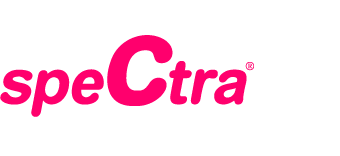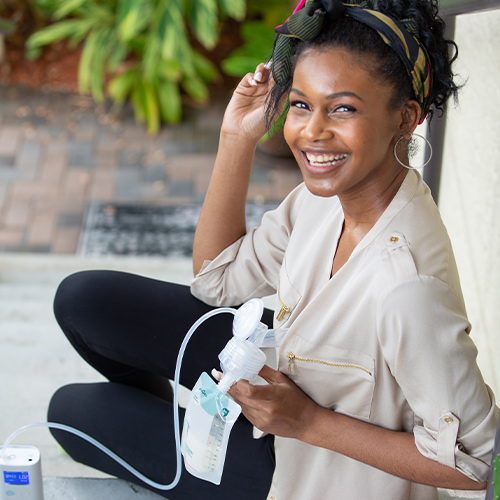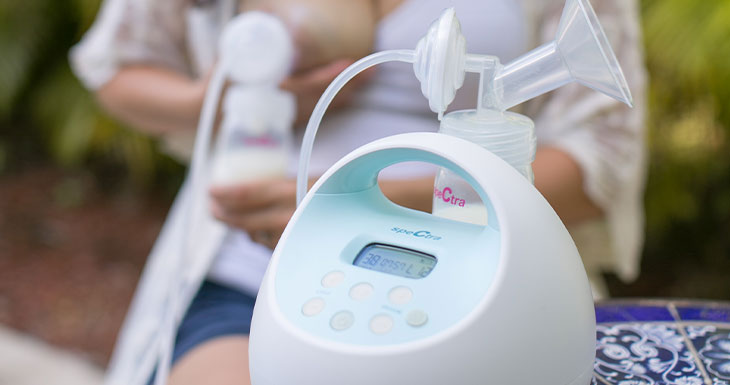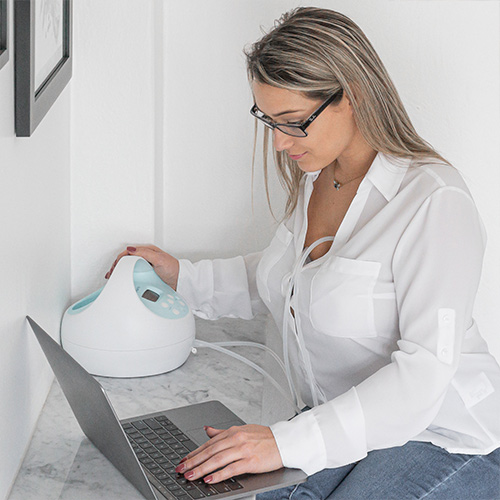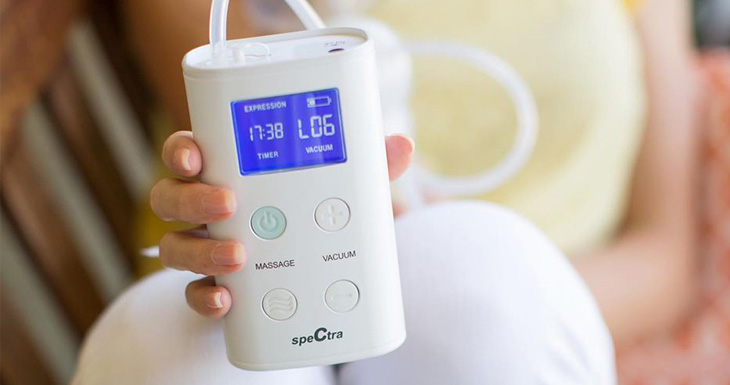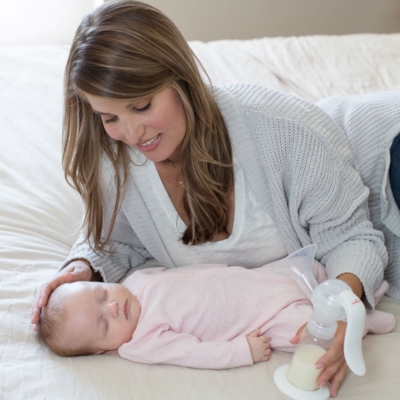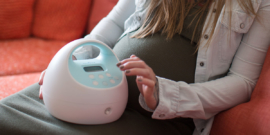Breastfeeding and Sibling Support

Breastfeeding and Sibling Support
Melissa Portunato MPH, IBCLC, RLC
We know moms reach their breastfeeding goals when they feel loved and supported. We know moms learn to breastfeed while watching their moms, aunts, and sisters breastfeed. Sibling support can make all the difference to a new mother’s breastfeeding journey. Studies show, when mothers are supported, they are more confident and empowered, leading to more successful breastfeeding outcomes. Breastfeeding is not always easy, and a kind word from a sibling can encourage us and breathe life into us when we need it most.
This week we are celebrating sibling support in honor of National Sibling Day on April 10! Melissa’s Spectra Baby USA IBCLC, younger sister Natalia, was asked about her thoughts on sibling support throughout her breastfeeding journeys. “There’s an incredible feeling of comfort that comes from the support of a sibling. No matter your struggle with breastfeeding, having a sibling to lean on when you feel so overwhelmed makes you feel like you can conquer anything. The comfort comes in knowing you’re not in this alone.” said Natalia.
Natalia is currently nursing her youngest and tandem nursed her children for one year. You might recognize her as a Spectra baby USA real mom model tandem nursing her children and pumping with the Spectra baby USA pumps!
What is Tandem Nursing?
Tandem nursing means nursing two or more children of different ages at the same time. Twins and multiples can also tandem feed when nursing simultaneously at the breast.
Are there benefits to Tandem Nursing?
Continuing to nurse an older child after a new baby has arrived can be a way to offer emotional security and extra attention to the sibling. It can sometimes be temporary, while the older sibling adjusts to the new baby or can continue until both the child and mother desire. Tandem nursing can also help lessen engorgement and create an adequate milk supply.
What can be expected in the early days?
During the first few days, colostrum will be produced for the newborn baby even if breastfeeding continued throughout pregnancy. Since colostrum is packed with immune properties and prepares the infant gut for mature milk, the newborn should have priority at the breast during the early days after delivery.
Are you interested in learning more about tandem nursing or needing breastfeeding support? Catch our LIVEs every Wednesday at noon et on Facebook and IG for evidence-based breastfeeding education and support! It truly takes a village. You are not alone. Spectra Baby USA is honored to be part of this beautiful journey with you. Schedule a complimentary consultation, and we can help you reach your personal breastfeeding goals.
Happy Breastfeeding!
Sources:
Kornides, M., & Kitsantas, P. (2013). Evaluation of breastfeeding promotion, support, and knowledge of benefits on breastfeeding outcomes. Journal of child health care : for professionals working with children in the hospital and community, 17(3), 264–273. https://doi.org/10.1177/1367493512461460
Mohrbacher (2010) Breastfeeding Answers Made Simple, Hale Publishing, ISBN-10: 0984503900
Flower H. (2016) Breastfeeding during pregnancy and tandem nursing: is it safe? Recent research, Breastfeeding Today, 11 April 2016
